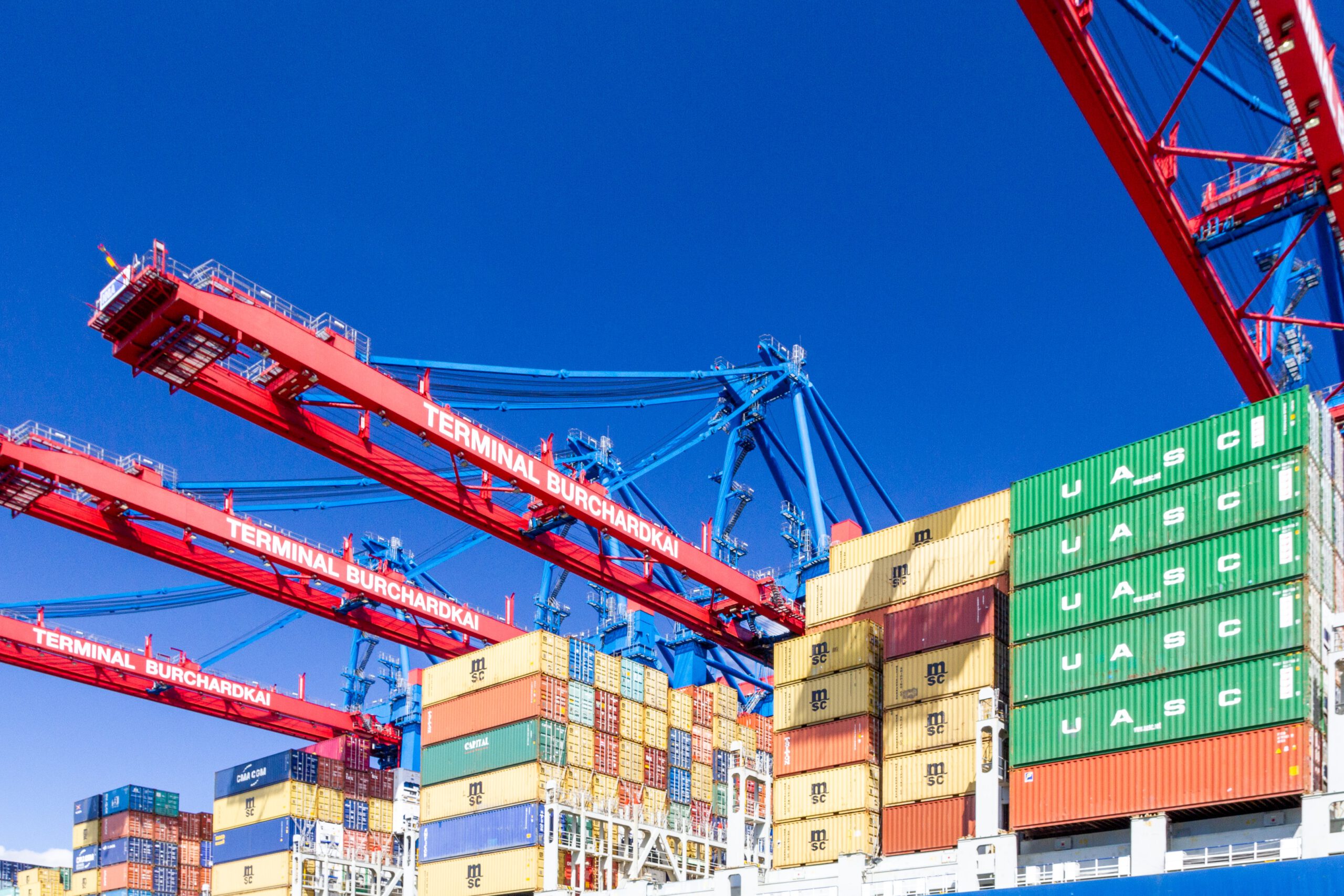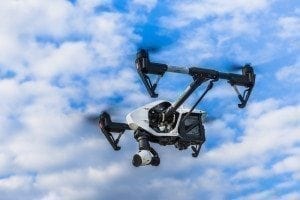The pandemic has had many side effects on the global supply chain, causing severe disruptions many companies hadn’t ever experienced before. At the same time, consumer shopping patterns have changed drastically as we continue to see a reliance on online shopping and home delivery services. As we quickly approach the historically busiest time of year for shopping, this drastic shift calls for strong asset tracking technology to support the supply chain and consumer demand.
According to Junpier Research, there will be a 27 percent increase in asset tracking usage over the next five years. This number hit 90 million in 2020 and will increase to 114 million by 2025. This growth in adoption will be driven by the need to increase resilience in supply chains as the ongoing COVID-19 pandemic highlights the need for real-time data on location and delays to logistics operations.
Investment in tracking solutions can lead to a strong return on investment (ROI), through the improvement of customer experiences and reduction of attrition.
With the holiday season around the corner, there is increased demand for efficient and reliable support from those behind the scenes in the shipping and delivery industries. With LoRa® devices and the LoRaWAN® protocol, organizations can gain insights to help them run a smooth operation from shipping to delivery.
Very often, IoT solutions and devices have been expensive or impractical to implement in the supply chain. The main difficulty has been linking remote sensors wirelessly to the Internet across various sites or countries and indoor and outdoor in a seamless manner that follows all steps of the supply chain. The ideal wireless linking technology is inexpensive and secure, works over long distances and has a substantial battery life.
By deploying LoRa-enabled sensors, organizations can easily track large volumes of valuable assets from the warehouse to delivery. Sensors are placed in areas including shipping containers, cargo, vehicles and other assets to constantly monitor throughout transit. With this accuracy, organizations are becoming more reliable, and consumers can expect to see their orders arrive more efficiently.
Ensuring Safety for your most Important Asset
The uptick in online shopping has also led to an increase in demand for workers in operations, warehouse and delivery roles. Amazon alone just announced it is recruiting 100,000 more workers to keep pace with e-commerce demand that jumped during the pandemic and ahead of the holiday season.
Asset tracking of goods shouldn’t be the only priority for organizations. After all, any business’s most important asset should always be their people. With heightened concerns around the ongoing pandemic, how can companies leverage technology to keep their people safe?
Smart sensor solutions for contact tracing, air quality monitoring and proximity tracing can help organizations ensure safety while on the job…
- Contact Tracing: Wearable solutions can help minimize contagion risk during outbreaks. With Bluetooth beacons and long-range, low-power networks, smart sensor solution can trace the proximity of workers and users in facilities/warehouses.
- Air Quality Monitoring: Through wireless, real-time monitoring of carbon dioxide (CO2), temperature and humidity for indoor environments, smart sensor solution can help building owners safely re-occupy space in a post-COVID world.
- Proximity Tracing: As more warehouses bring in staff, sensors can help secure the workplace by warning employees to maintain social distance and provide insights into workplace risks. This type of solution recognizes close contacts that may occur as employees are working in close spaces.
With increased delivery volumes and the need to ensure safety for supply chain workers, the upcoming holiday shopping season will bring with it several challenges. By continuously incorporating technology into operations, organizations can effectively track large volumes of valuable assets that are in transit throughout the busiest time of year for online shopping.

He held the position of vice president of wireless and sensing products from June 2014. Prior to this appointment, he held the position of director of marketing and applications. Pégulu joined the Company in March 2006 and was involved in several key technology initiatives, including LoRa wireless and software-defined modem technologies. Prior to joining Semtech, he held positions in chips and systems development at Thomson CSF, Thales, ATMEL and DibCom in France and China.
Pégulu holds a Master of Science degree in electronics and telecommunications from Institut National Polytechnique of Grenoble, France, and is a graduate of the Executive MBA program of ESCP Europe.










